In America, the month of December is very busy! Many cultural traditions have a holiday in December, but here are a few common ones:
Chanukah/Hanukkah (Hebrew: חֲנֻכָּה ハヌッカ)
From MIT, “Three Cultural Holidays in December“: Hanukkah is the Jewish eight-day “festival of lights,” celebrated with a nightly menorah lighting. The Hebrew word Chanukah or Hanukkah (variations of the spelling) means “dedication,” and is thus named because it celebrates the rededication of the Holy Temple. The menorah holds nine flames, one of which is the shamash (“attendant”), which is used to kindle the other eight lights. On the first night of Hanukkah, we light just one flame. On the second night, an additional flame is lit. By the eighth night of Chanukah, all eight lights are kindled. It is customary to eat foods fried in oil during Hanukkah. People often eat the potato latke (pancake), garnished with applesauce or sour cream, and the jelly-filled sufganya (doughnut).
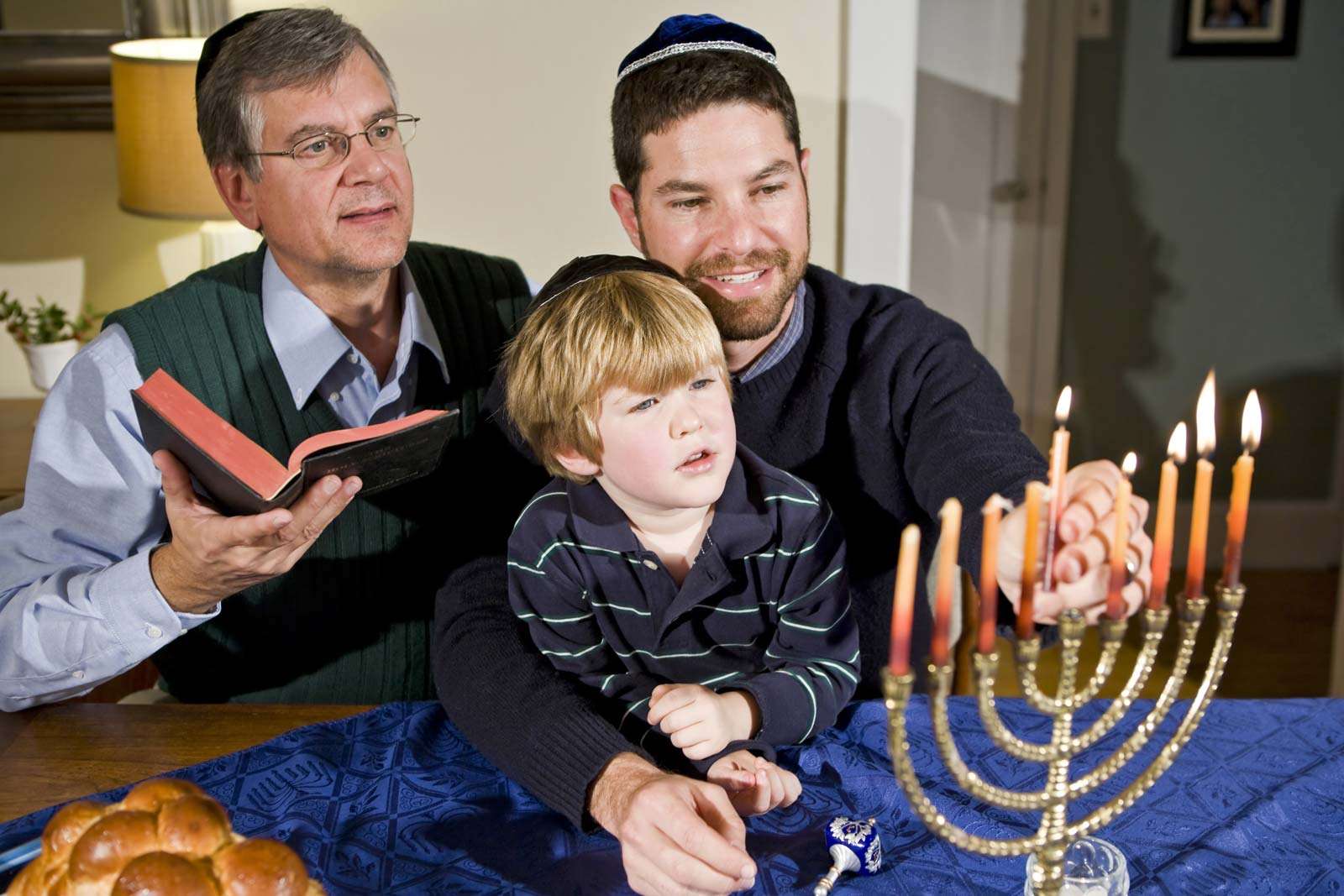
Lighting the menorah 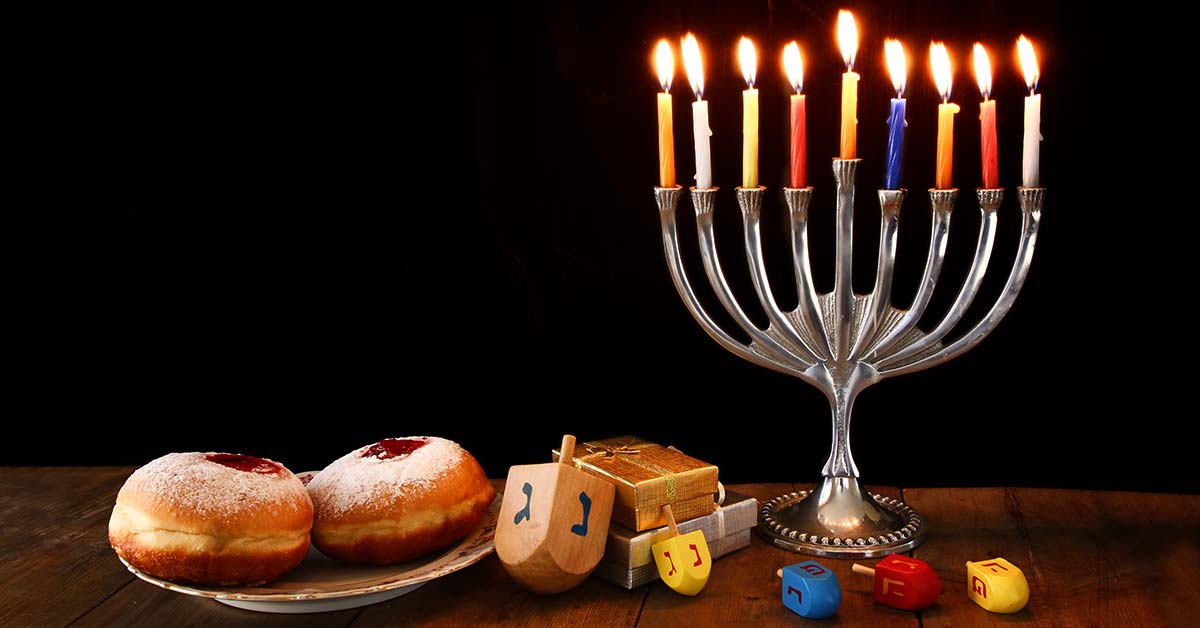
Sufganiyot, dreydlekh, gelt (gifts), menorah 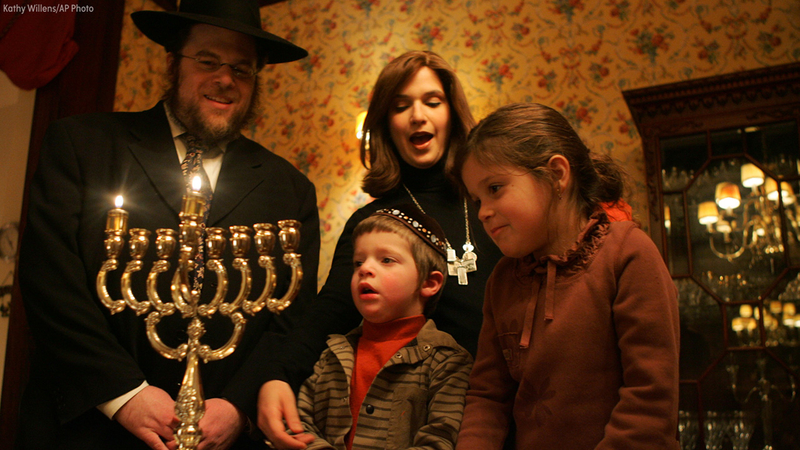
Orthodox traditions 
Curiosity!
The dates of Hanukkah change depending on the year, similar to Lunar New Year or Ramadan, because they are based on a different calendar – in this case, the Jewish calendar.
Winter Solstice
Winter Solstice is the shortest day of the year, when the sun rises the latest and sets the the earliest. It is usually on the 20th, 21st, or 22nd of December. In pre-Christian European and American traditions, nature cycles were celebrated or worshipped. Some people still follow these traditions, including some Native tribes, Wiccans, and Pagans. Native tribes often use the winter solstice for storytelling and learning from elders, while European traditions often incorporate fire and dance. In the UK, many people gather at Stonehenge for solstice celebrations.
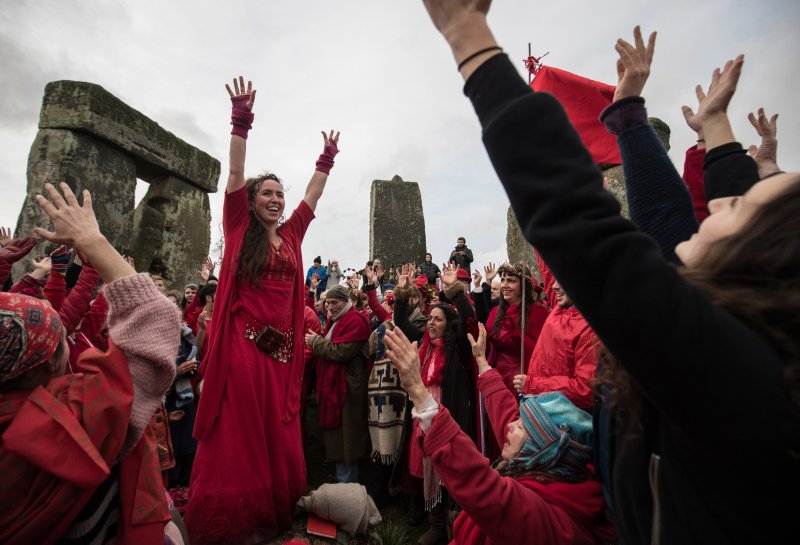
Shakti Sings Choir at Stonehenge 
A Druid at Stonehenge 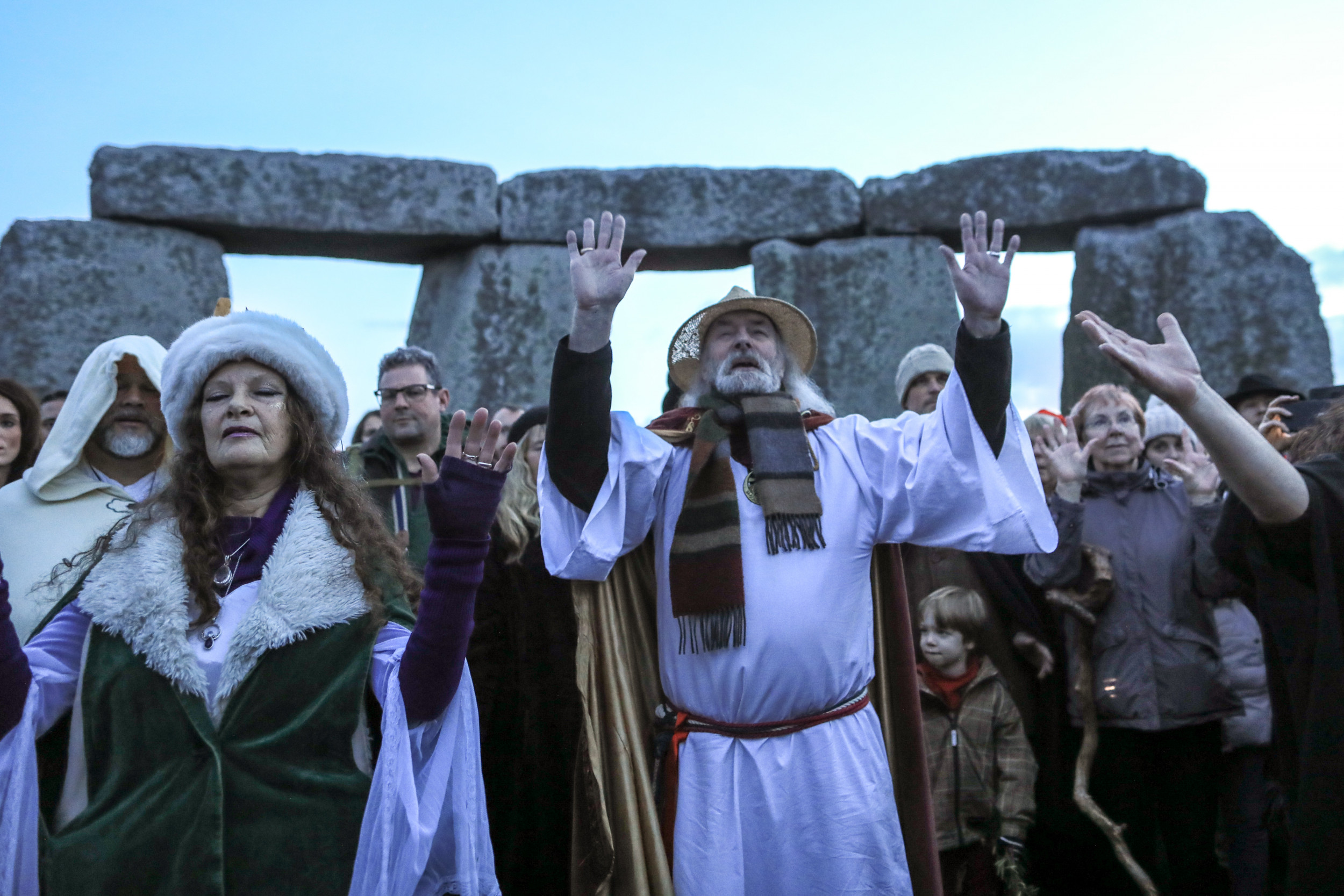
Nature worshippers at Stonehenge
Christmas
Christmas is celebrated by most Christians across the world, but also by many (though not all!) modern cultures. There are many ways to celebrate Christmas, and different cultures have different traditions. In the Anglophone world, Christmas is usually celebrated on the 25th of December, and the 24th is called “Christmas Eve”. People often have a large family dinner with traditional foods. Traditional desserts such as Christmas cookies, fruitcake, or Yule log and other Christmas cakes may be served. Presents may be placed in stockings and/or under a decorated tree. Traditional songs are sung at home, at churches and community centers, or while “caroling” (singing in groups that travel through neighborhoods). Preparations for Christmas begin early in December: Lights and music can be found everywhere, and there are often Christmas markets where people buy and sell crafts and gifts. During the month of December, some people use Advent calendars to count down the days of December until Christmas Day. Some parents will remind their children to behave nicely so that they stay on Santa’s “Nice” list and don’t move to the “Naughty” list, or they will receive coal in their stocking! (Recently, the “Elf on the Shelf” has been a popular toy for parents to remind children to behave.) Many homes and companies put up Christmas decorations in early December, and the month is filled with Christmas parties at work, with friends, and various other non-family gatherings.
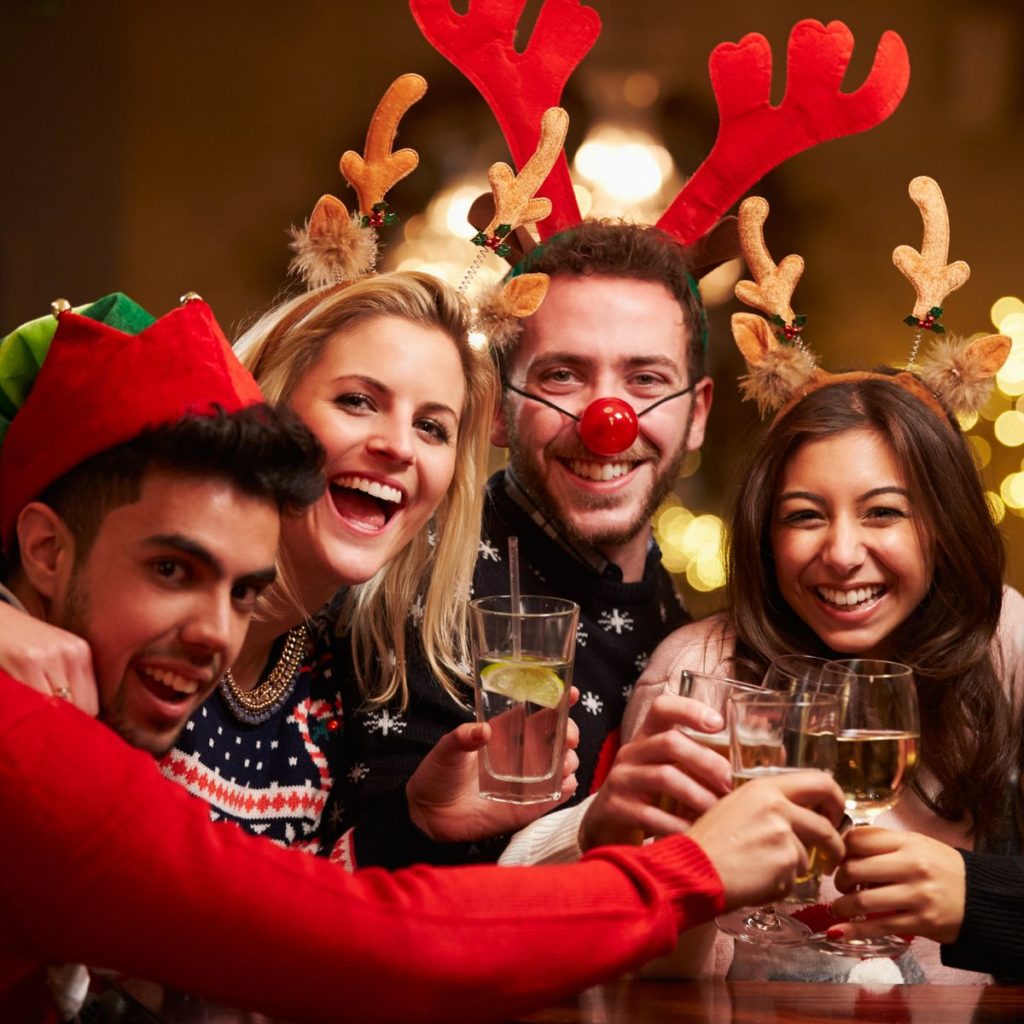
Christmas Party 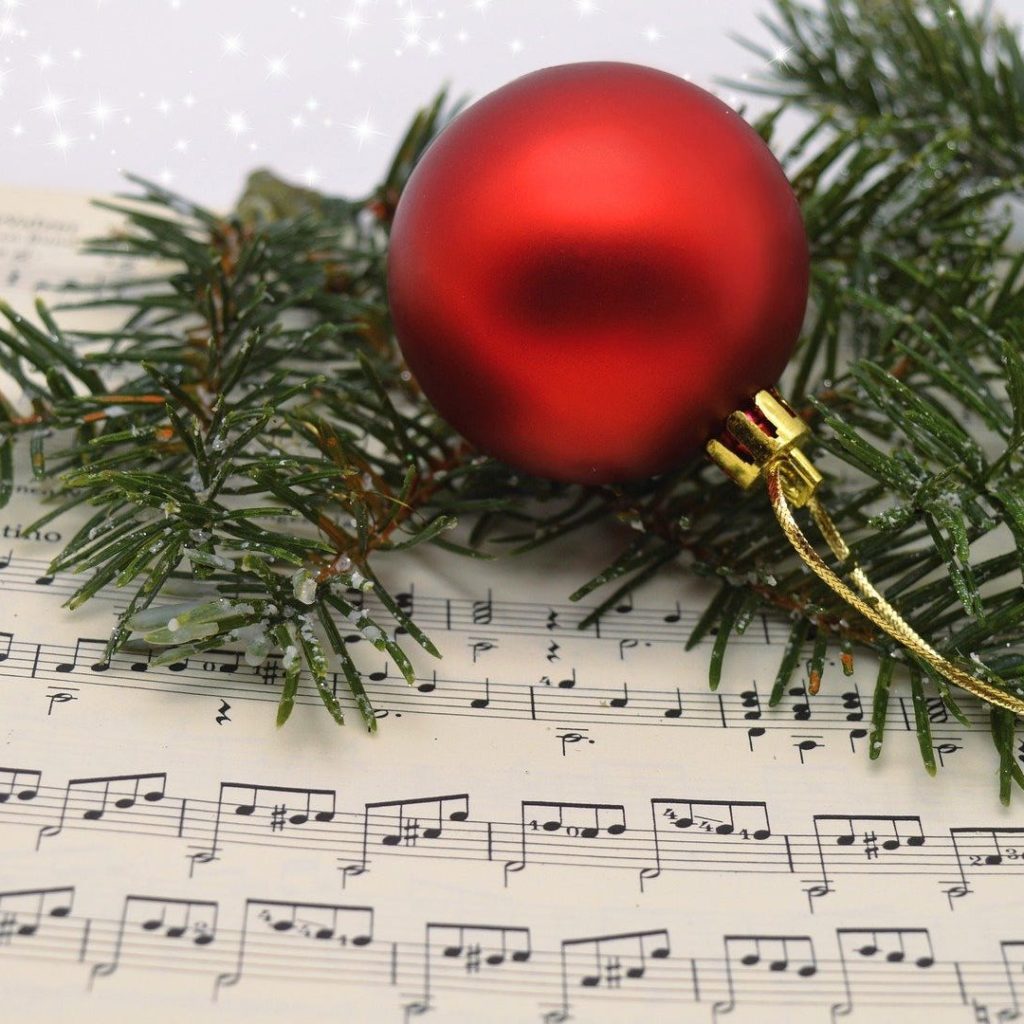
Christmas music 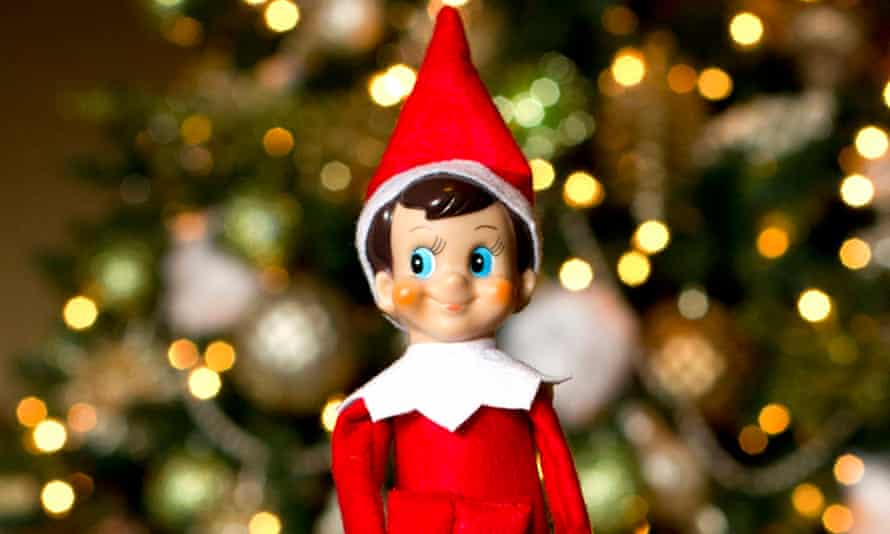
Elf on the Shelf
Originally, Christmas was mean to celebrate the birth of Christ. Many Christians still celebrate for these reasons, and they may perform Nativity plays or decorate with Nativity scenes. In the Catholic tradition, there are 12 days of Christmas, starting on December 25th, so the last day of Christmas is actually January 6th. It is celebrated as “Three Kings’ Day,” or the day the the three Wise Men “found” the baby Jesus and Mary and Joseph. Meanwhile, Orthodox Christians celebrate Christmas on January 7th – which used to be December 25th on the Julian calendar.
Christmas is so widespread, there’s even a mini counter-culture celebration for Christmas: In the American Jewish tradition, many people go out to Chinese restaurants for a Christmas meal. This tradition has fostered a special relationship between two minority groups that traditionally felt excluded at Christmastime.
Christmas Eve
Christmas Eve is the day before Christmas. Some people open gifts or have a Christmas dinner on Christmas Eve so that on Christmas Day, they can have a day of rest or participate in religious activities. Christmas Eve is also important for families that “prepare for Santa,” as Christmas Eve is the day to hang up stockings and leave cookies and milk for Santa.

Milk and Cookies 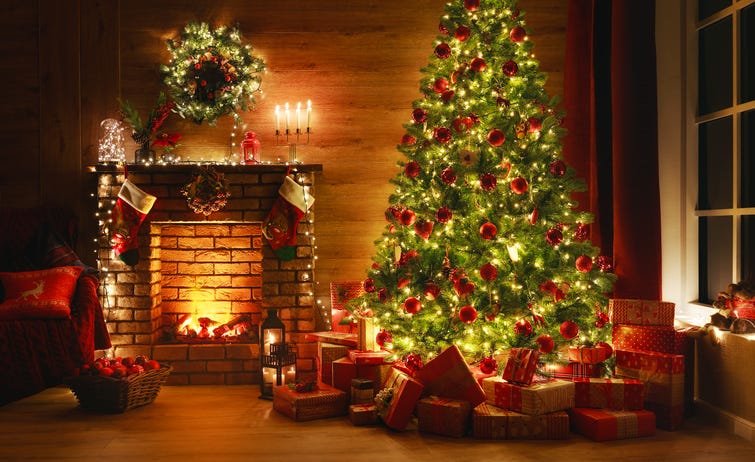
Stockings at the Fireplace
Boxing Day
Boxing Day, also known as “Offering Day,” is the day after Christmas. In Canada and other Commonwealth nations, it was the traditional day to distribute gifts and food to servants, charities, and people in need. Like many holidays, it has become a day for shopping and sports.
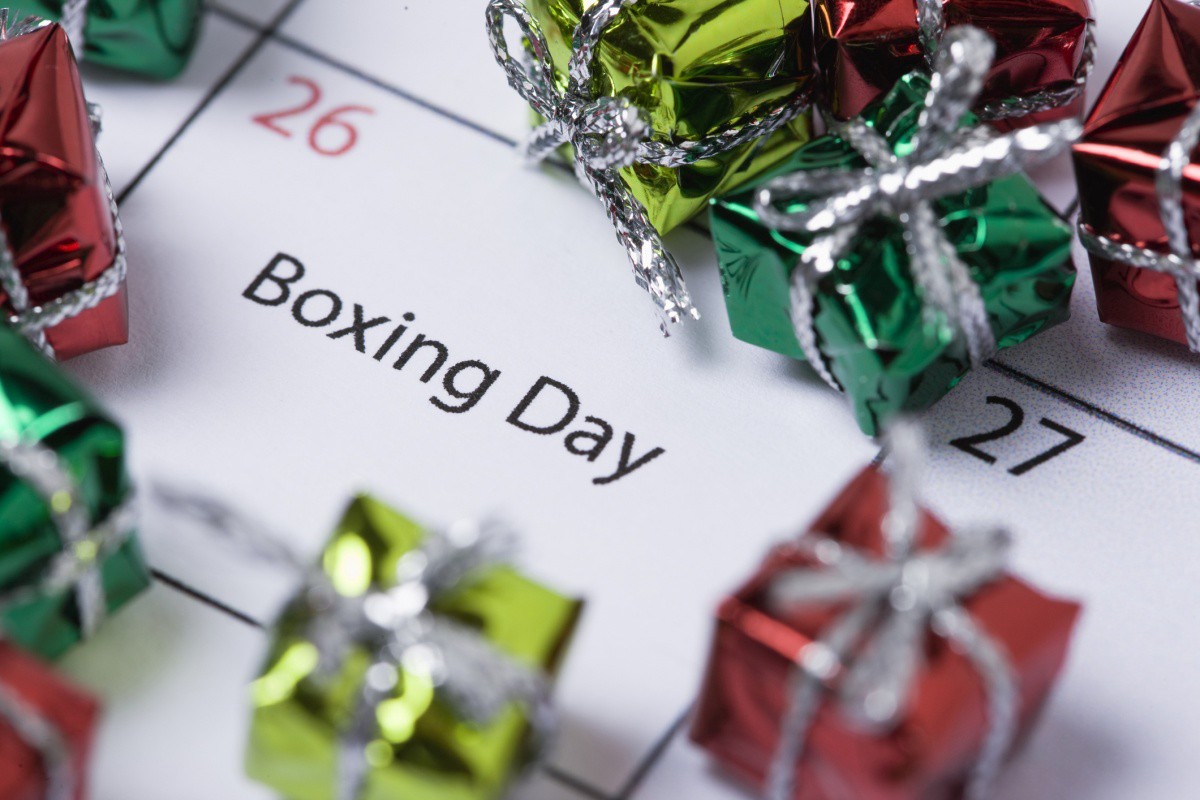
Kwanzaa
From MIT, “Three Cultural Holidays in December“: Kwanzaa is a cultural holiday that celebrates African heritage and identity. The name, Kwanzaa, comes from the Swahili phrase “matunda ya kwanza,” which translates to “first fruits,” and the holiday is based on traditional African harvest festivals. Kwanzaa is usually celebrated during Dec 26th to Jan 1st. During this holiday, seven candles are lighted and people place seven symbols around their home: umoja (unity), Kujichagulia (self-determination), Ujima (collective work and responsibility), Ujamaa (cooperative economics), Nia (purpose), Kuumba (creativity), and Imani (faith).
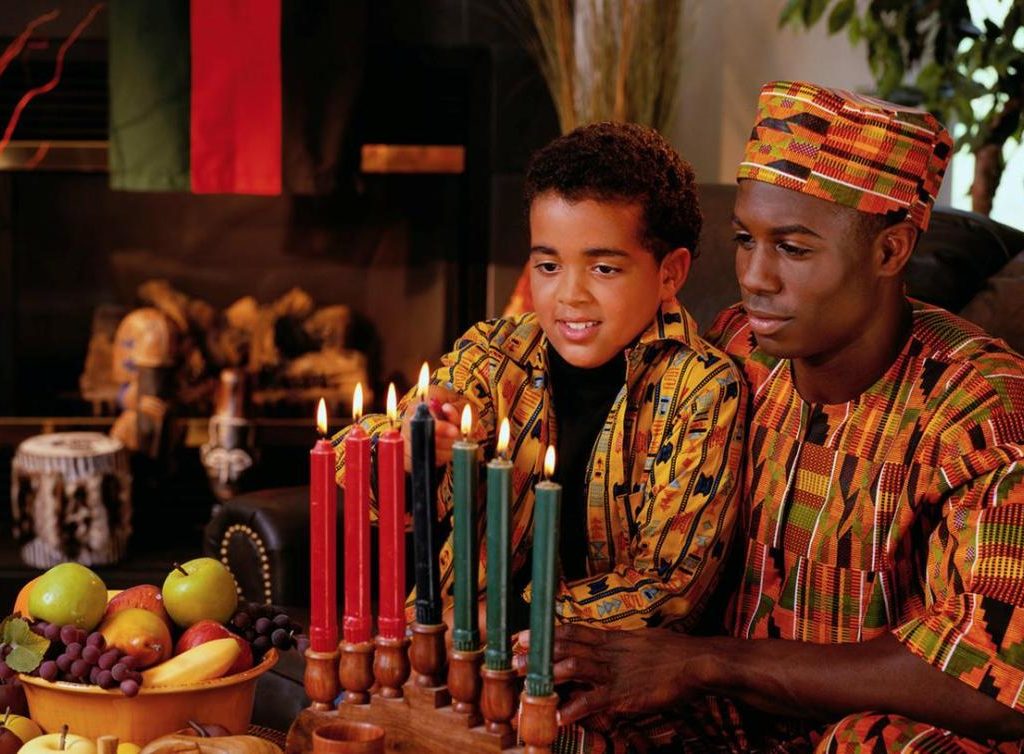
Father and son 
Extended family 
Mother and children
New Year’s Eve
Even more so than Christmas, New Year’s Eve is celebrated in many countries and cultures, so the range of festivities is quite broad. However, several traditions are common: setting off fireworks, staying up until midnight, and having a party (either with friends and family or going out to bars). In some parts of America, it is traditional to eat black-eyed peas for good luck. In New York City, there is a crystal ball drop in Times Square at midnight. Some people use “party poppers” as a fun activity at the table. Many people make a champagne toast (”乾杯!”)and drink to the health and success of their friends and family. It is also common to prepare New Year’s resolutions – a list of positive life changes or things that you have decided to do differently in the new year.
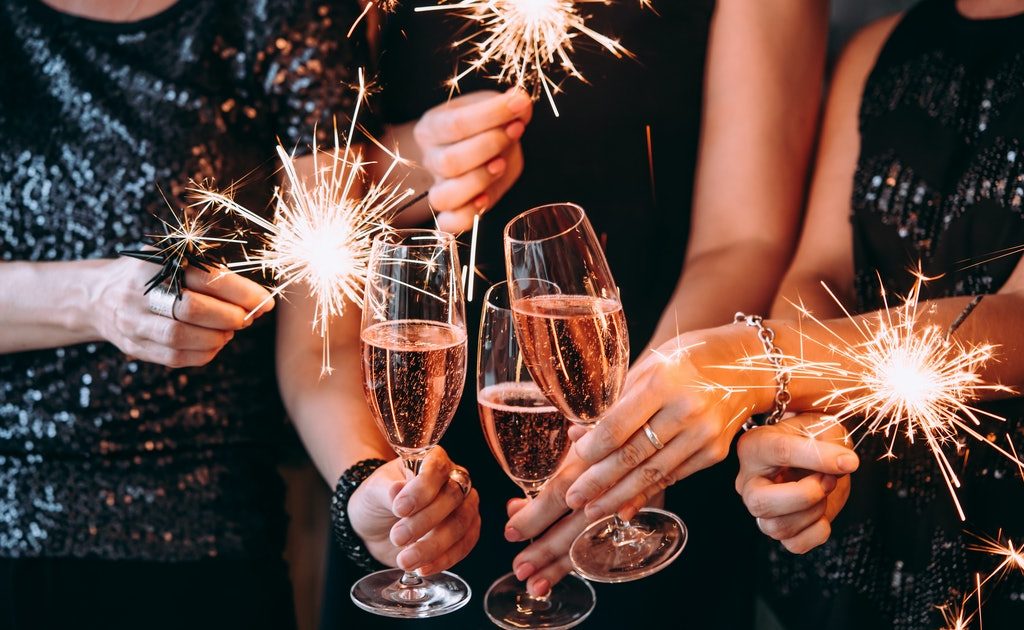
Champagne and Sparklers 
Black Eyed Peas 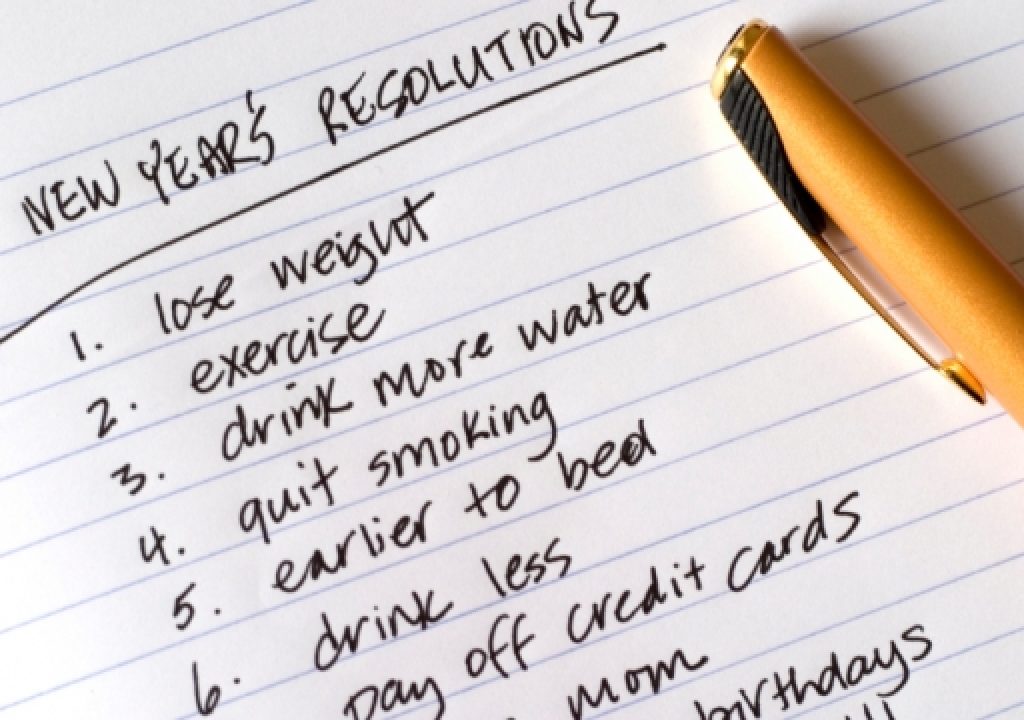
New Years Resolutions
Speaking of the new year, this is the last monthly post for 2021! See you in the new year!